4,195cc DOHC V8 Engine Hilborn Fuel Injection 495 bhp at 7,800 rpm 2-Speed ZF Manual Transmission 4-Wheel Independent Suspension 4-Wheel Disc Brakes *The ex-AJ Foyt, Parnelli Jones, Dan Gurney and Jim Clark Indy 500 Pole and 8-time USAC Pole Winner *Set a record qualifying time of 161.233 mph at Indianapolis in 1965 *4-time USAC race winner with victories by Foyt and Jones *The winningest Lotus Indy car *Recently restored to original specification and running condition *In the longtime ownership of Foyt *One of two Type 34s in existence; the other is in the Indianapolis Speedway Museum The Indianapolis 500 might have been the crown jewel of American auto racing in the early 1960s, but even some of its staunchest supporters would have had to admit that it was losing the technological race to Formula 1. The archaic front-engine roadsters that had ruled the Brickyard oval for so long were ready to be relegated to the history books by the kind of light, nimble, rear-engine cars that were dominating the world's road circuits, and no one saw this more clearly than did Dan Gurney. Gurney, the talented American who had broken into Formula 1 racing in 1959, was impressed by the success of Lotus, whose highly innovative cars seemed to be winning Grand Prix events everywhere – including the 1961 U.S. Grand Prix. Believing that they could do the same at Indianapolis, he invited Lotus' founder, Colin Chapman, to the 1962 event, where the famously prickly Briton agreed with his assessment. "All you've got to do is to get an engine with half the power of these great lumps of junk, build a decent chassis and you've won the race," he said. Though there were difficulties along the way, it didn't take long for Chapman's boast to be proven. In 1963, Lotus' star driver, a Scot named Jimmy Clark, finished second in a Type 29; in 1964, Clark's Type 34 became the first rear-engine car ever to qualify for the pole position on the starting grid; and in 1965, Clark stormed to a one of the most convincing victories in Indianapolis history in a Type 38, while his teammate, A.J. Foyt, set a new record qualifying time, taking the pole in the very Type 34 on offer here. Gurney couldn't have known it, but he and Chapman were not the only ones dreaming of conquest at the 1962 Indianapolis 500. Ford executive Donald Frey was there, too, thinking about ways to put the Blue Oval's stamp on the event. These were the nascent days of Ford's "Total Performance" campaign, designed to create the kind of excitement needed to lure baby boomers into the showroom, and returning to the Brickyard for the first time since 1935 would fit neatly into the corporation's all-out assault on the world's competition venues. What Ford needed to do, Frey concluded as he returned home, was to build a race engine. And so, it was that Chapman and Gurney found an open ear when they traveled to Dearborn to make their pitch. They argued that a lightweight, monocoque, rear-engine race car would outcompete the front-engine roadsters, as it would be easier on its tires and go further on a gallon of fuel, reducing time spent in the pits. Ford was swayed, and agreed to pay nearly all the expenses of the project. The automaker naturally tapped Gurney to drive one car, while Chapman secured the second for Clark, who had made his Formula 1 debut in 1960. The first fruit of the Lotus-Ford marriage was the Lotus Type 29. The new car was based on the design of the successful Lotus 25 rear-engine single-seater of 1962, whose revolutionary, fully stressed monocoque construction made it both stronger and lighter than its Formula 1 competition. The new 29 was slightly larger than the 25 in all dimensions, and used an asymmetrical suspension system that offset the body to the left, to help the car hustle through Indianapolis's banked turns. Ford's contribution was a lightweight, all-aluminum, 255-cubic-inch version of its recently introduced 260-cubic-inch "small block" Challenger V8 engine. Equipped with f
4,195cc DOHC V8 Engine Hilborn Fuel Injection 495 bhp at 7,800 rpm 2-Speed ZF Manual Transmission 4-Wheel Independent Suspension 4-Wheel Disc Brakes *The ex-AJ Foyt, Parnelli Jones, Dan Gurney and Jim Clark Indy 500 Pole and 8-time USAC Pole Winner *Set a record qualifying time of 161.233 mph at Indianapolis in 1965 *4-time USAC race winner with victories by Foyt and Jones *The winningest Lotus Indy car *Recently restored to original specification and running condition *In the longtime ownership of Foyt *One of two Type 34s in existence; the other is in the Indianapolis Speedway Museum The Indianapolis 500 might have been the crown jewel of American auto racing in the early 1960s, but even some of its staunchest supporters would have had to admit that it was losing the technological race to Formula 1. The archaic front-engine roadsters that had ruled the Brickyard oval for so long were ready to be relegated to the history books by the kind of light, nimble, rear-engine cars that were dominating the world's road circuits, and no one saw this more clearly than did Dan Gurney. Gurney, the talented American who had broken into Formula 1 racing in 1959, was impressed by the success of Lotus, whose highly innovative cars seemed to be winning Grand Prix events everywhere – including the 1961 U.S. Grand Prix. Believing that they could do the same at Indianapolis, he invited Lotus' founder, Colin Chapman, to the 1962 event, where the famously prickly Briton agreed with his assessment. "All you've got to do is to get an engine with half the power of these great lumps of junk, build a decent chassis and you've won the race," he said. Though there were difficulties along the way, it didn't take long for Chapman's boast to be proven. In 1963, Lotus' star driver, a Scot named Jimmy Clark, finished second in a Type 29; in 1964, Clark's Type 34 became the first rear-engine car ever to qualify for the pole position on the starting grid; and in 1965, Clark stormed to a one of the most convincing victories in Indianapolis history in a Type 38, while his teammate, A.J. Foyt, set a new record qualifying time, taking the pole in the very Type 34 on offer here. Gurney couldn't have known it, but he and Chapman were not the only ones dreaming of conquest at the 1962 Indianapolis 500. Ford executive Donald Frey was there, too, thinking about ways to put the Blue Oval's stamp on the event. These were the nascent days of Ford's "Total Performance" campaign, designed to create the kind of excitement needed to lure baby boomers into the showroom, and returning to the Brickyard for the first time since 1935 would fit neatly into the corporation's all-out assault on the world's competition venues. What Ford needed to do, Frey concluded as he returned home, was to build a race engine. And so, it was that Chapman and Gurney found an open ear when they traveled to Dearborn to make their pitch. They argued that a lightweight, monocoque, rear-engine race car would outcompete the front-engine roadsters, as it would be easier on its tires and go further on a gallon of fuel, reducing time spent in the pits. Ford was swayed, and agreed to pay nearly all the expenses of the project. The automaker naturally tapped Gurney to drive one car, while Chapman secured the second for Clark, who had made his Formula 1 debut in 1960. The first fruit of the Lotus-Ford marriage was the Lotus Type 29. The new car was based on the design of the successful Lotus 25 rear-engine single-seater of 1962, whose revolutionary, fully stressed monocoque construction made it both stronger and lighter than its Formula 1 competition. The new 29 was slightly larger than the 25 in all dimensions, and used an asymmetrical suspension system that offset the body to the left, to help the car hustle through Indianapolis's banked turns. Ford's contribution was a lightweight, all-aluminum, 255-cubic-inch version of its recently introduced 260-cubic-inch "small block" Challenger V8 engine. Equipped with f
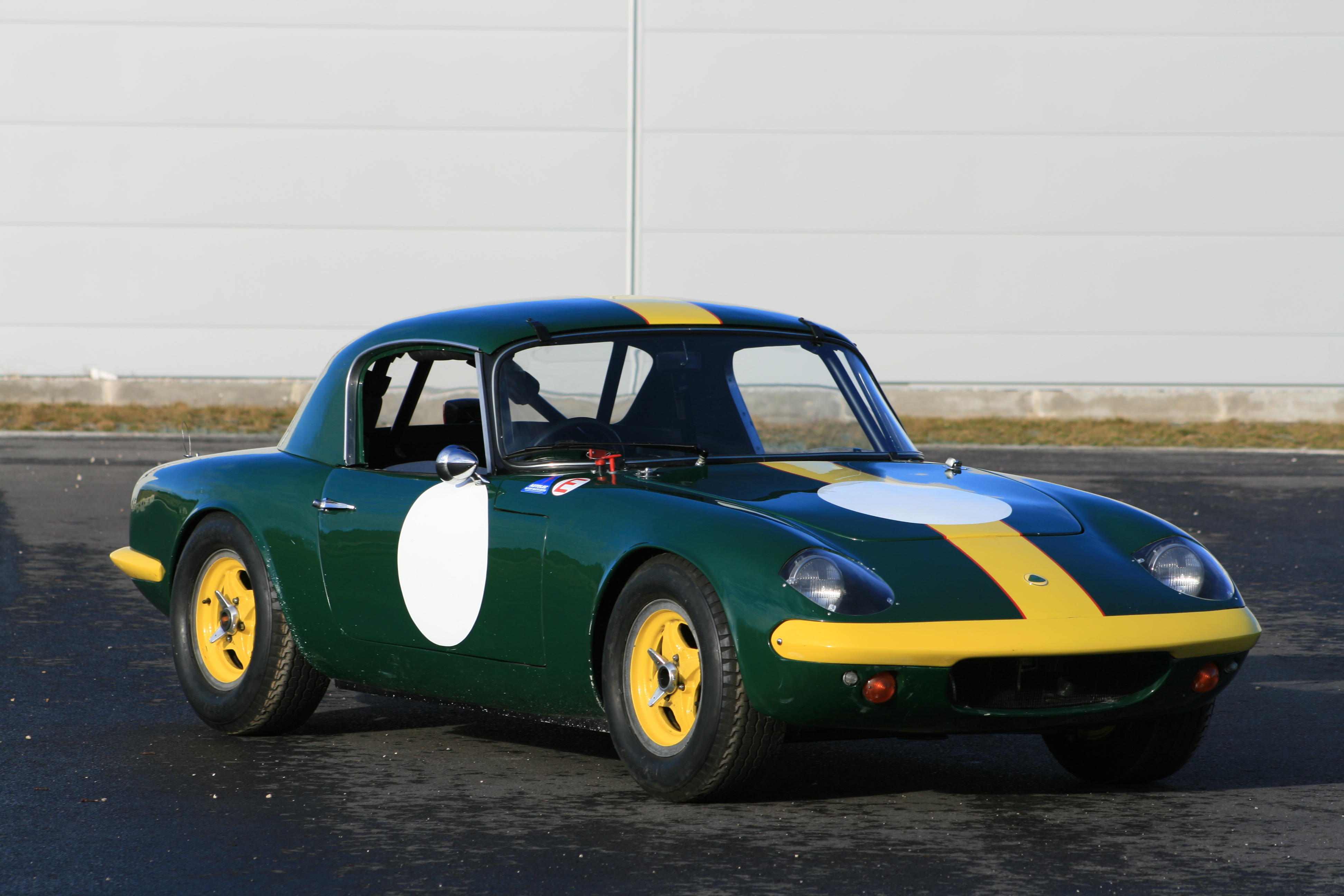
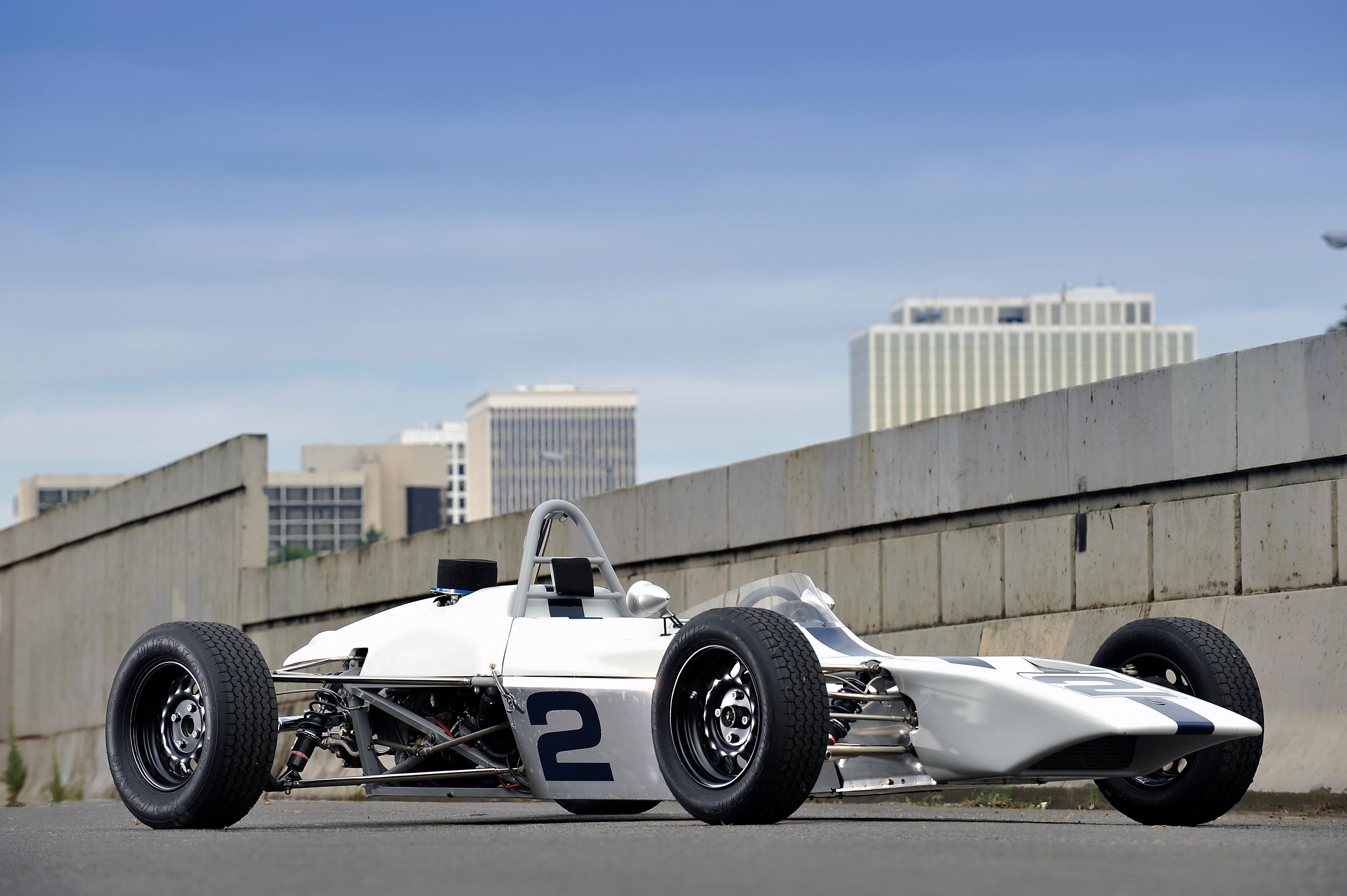
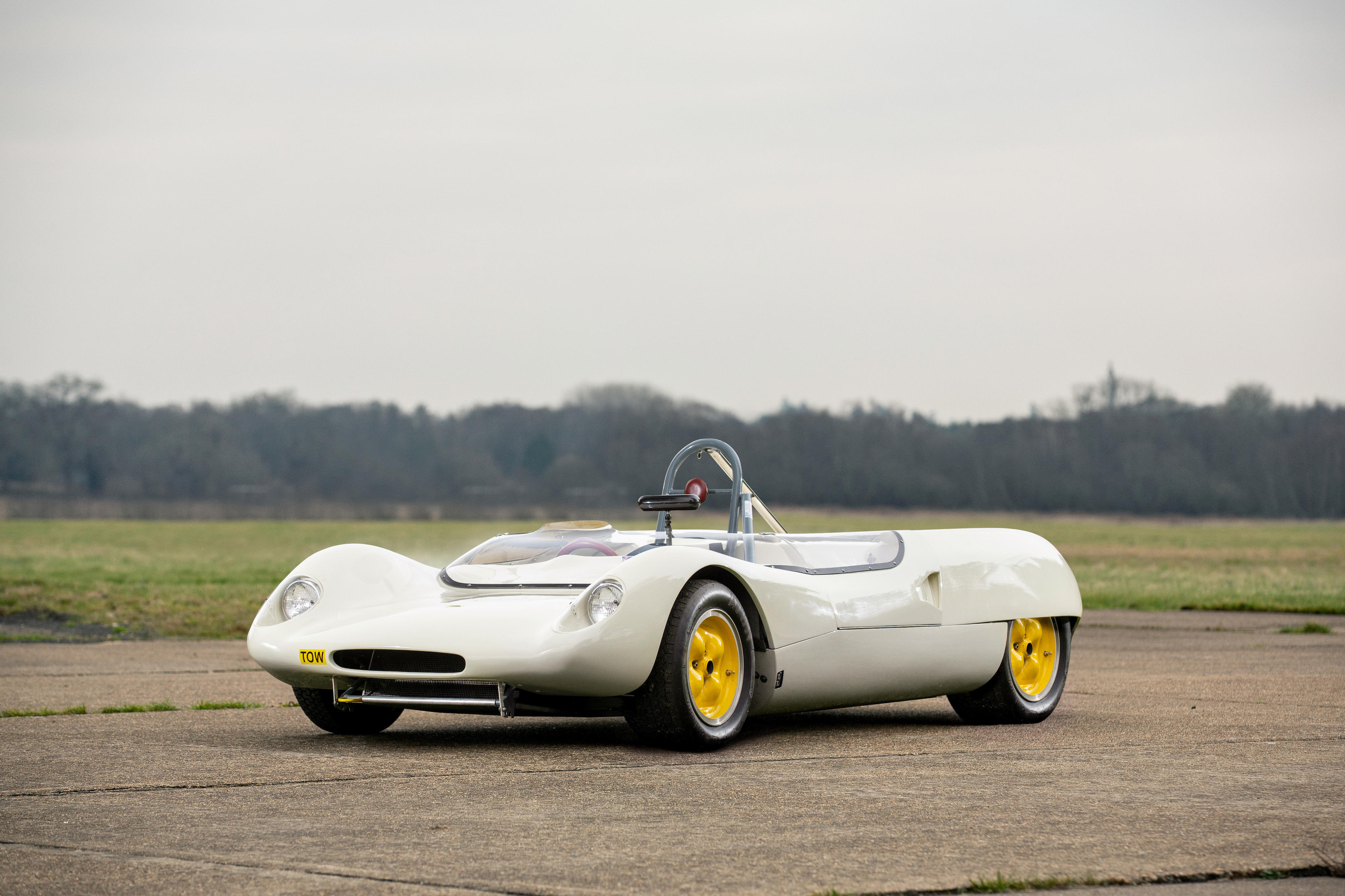
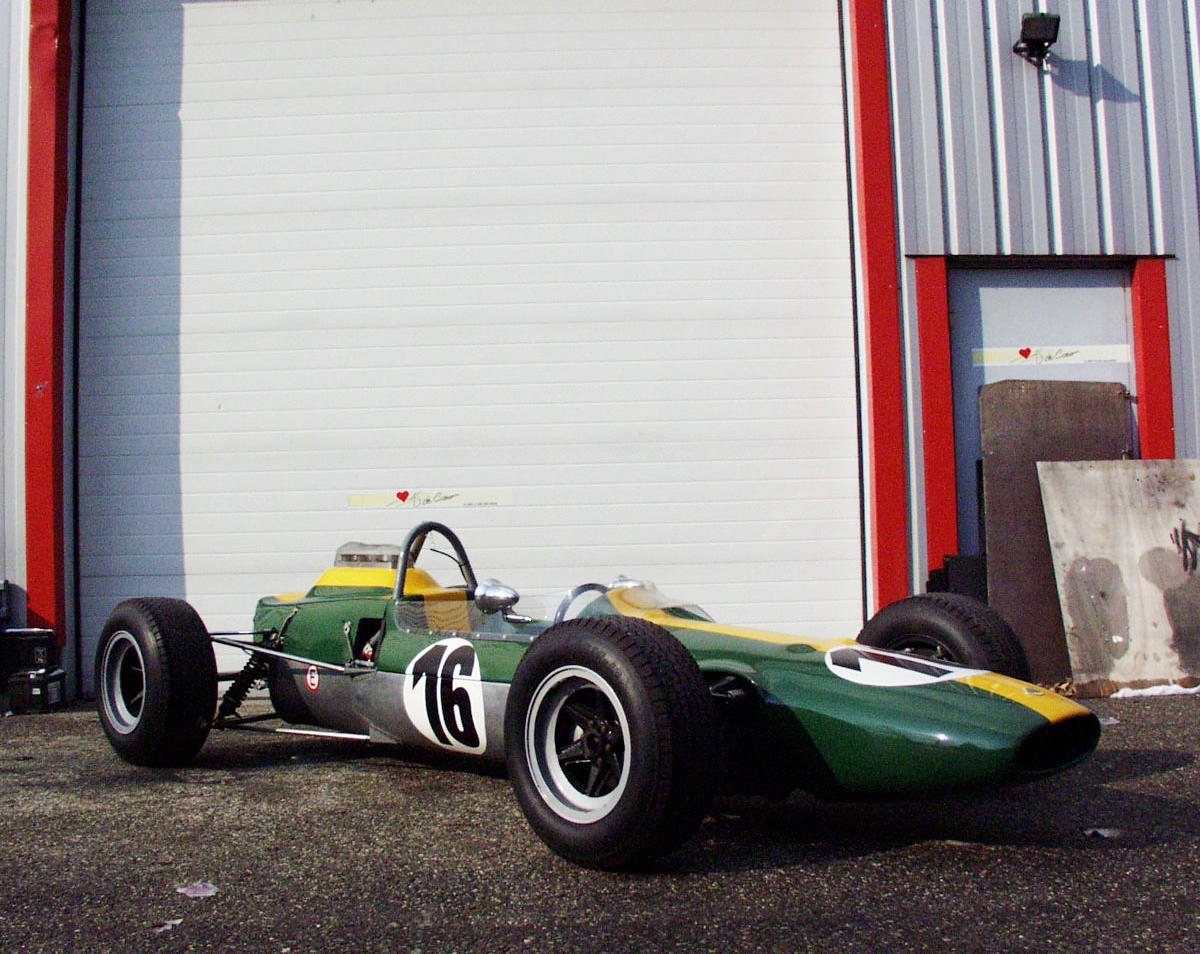
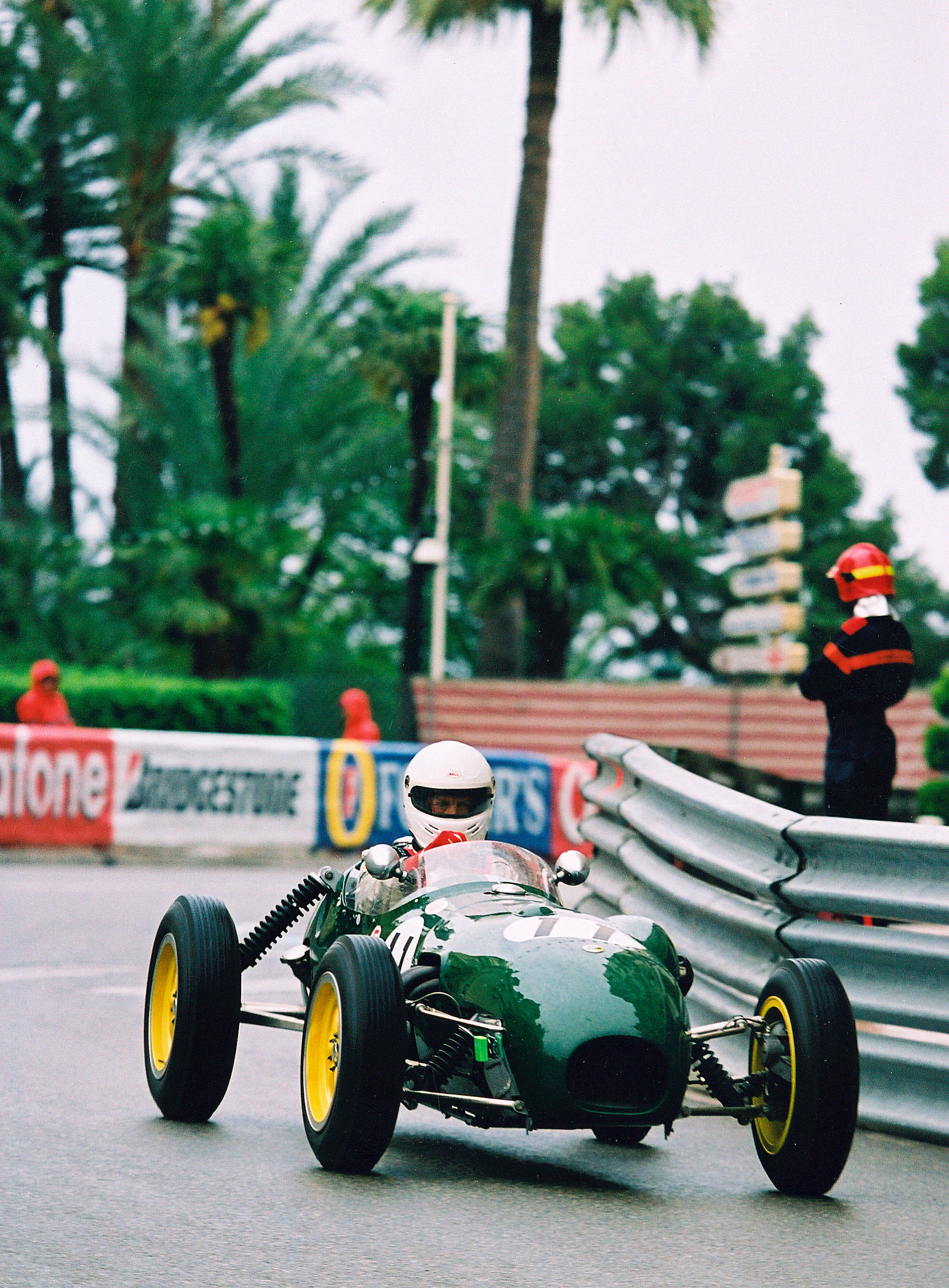
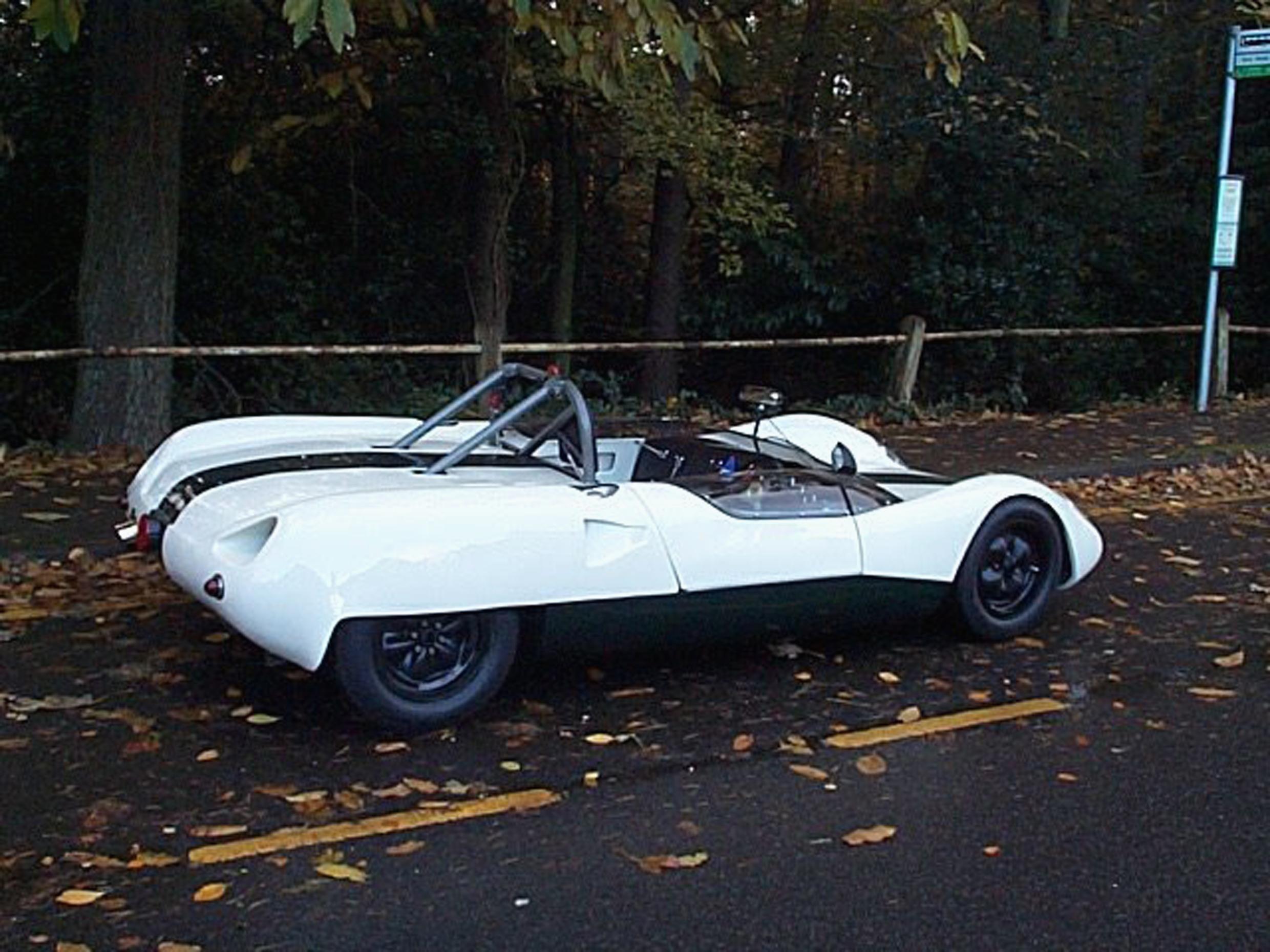

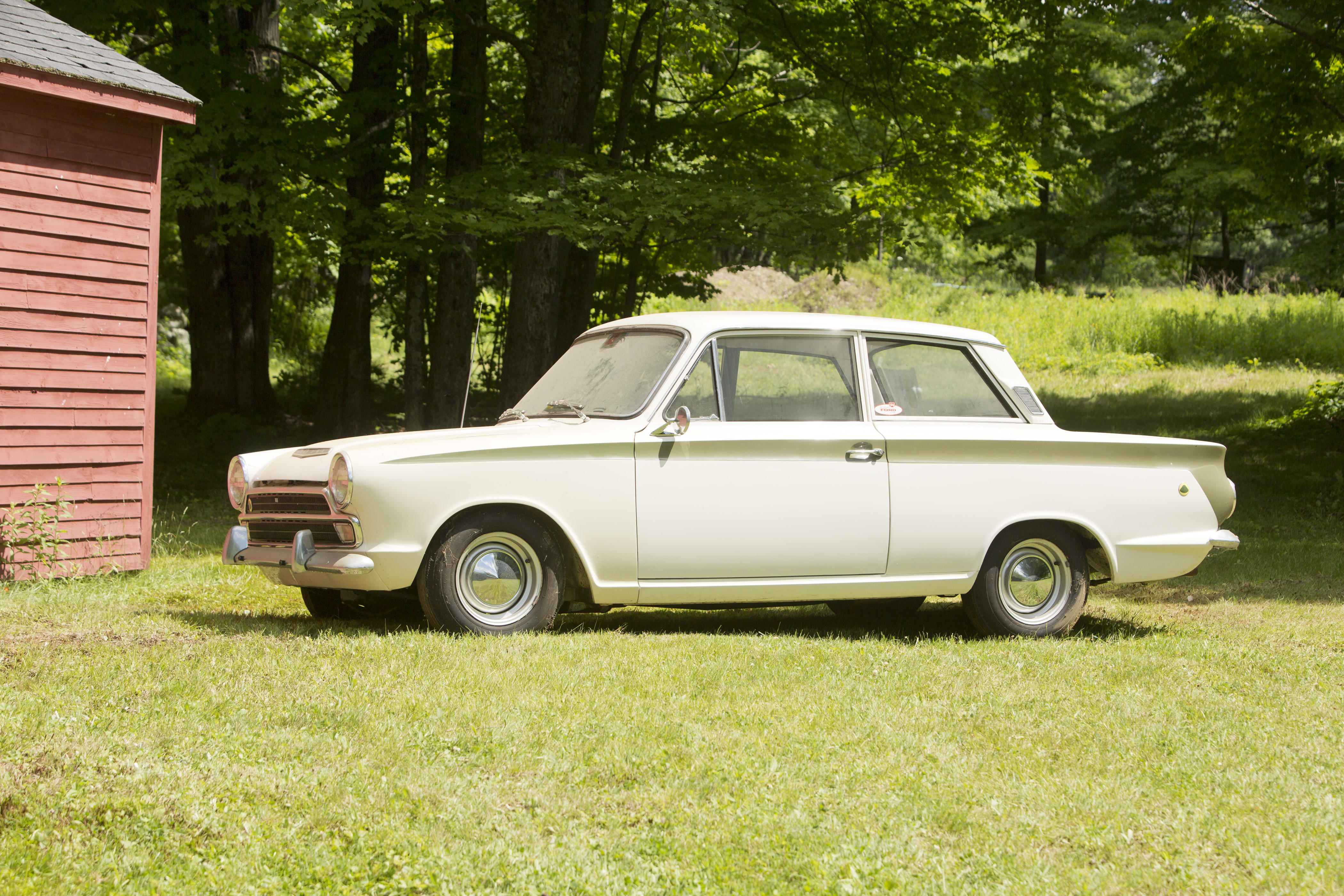
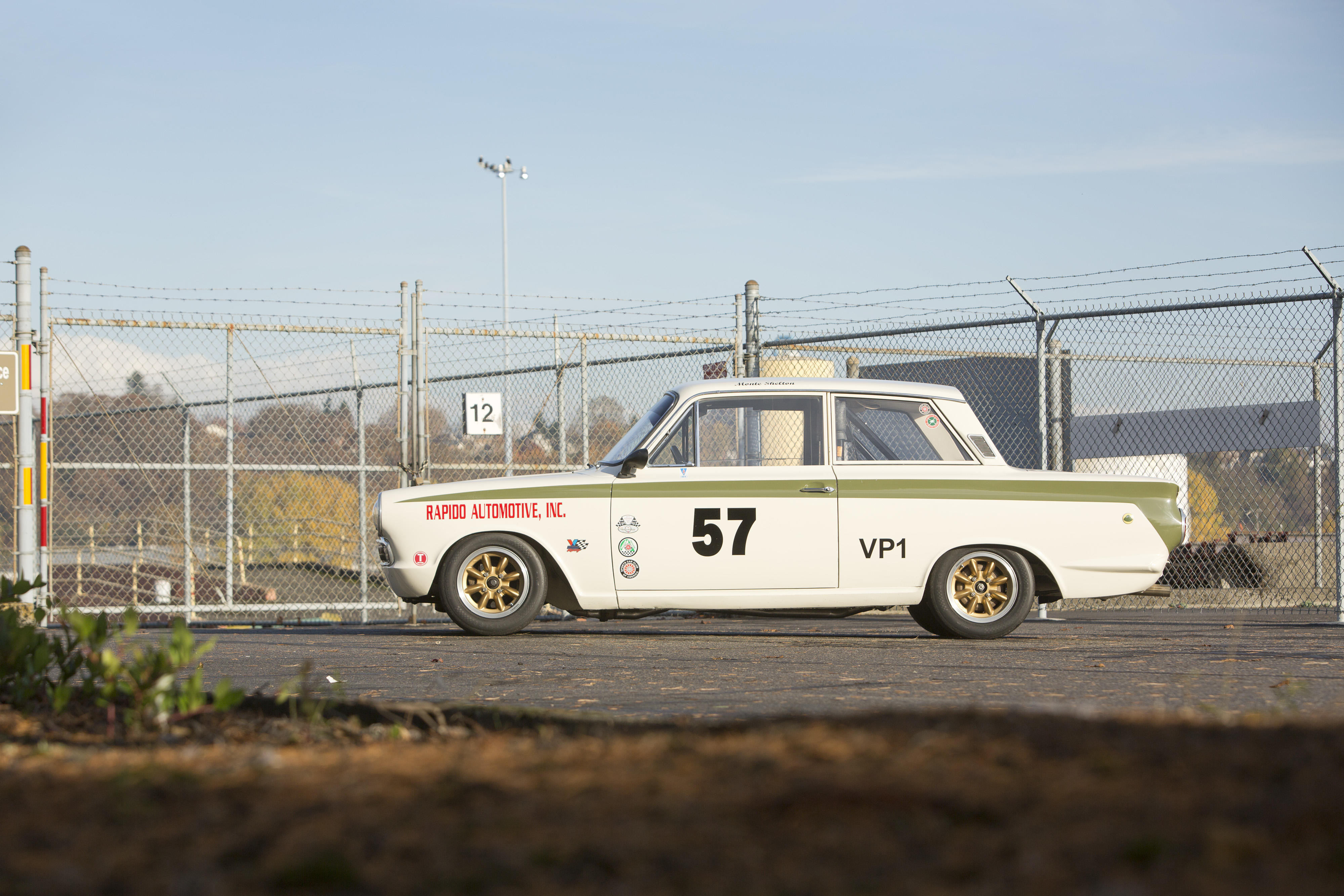
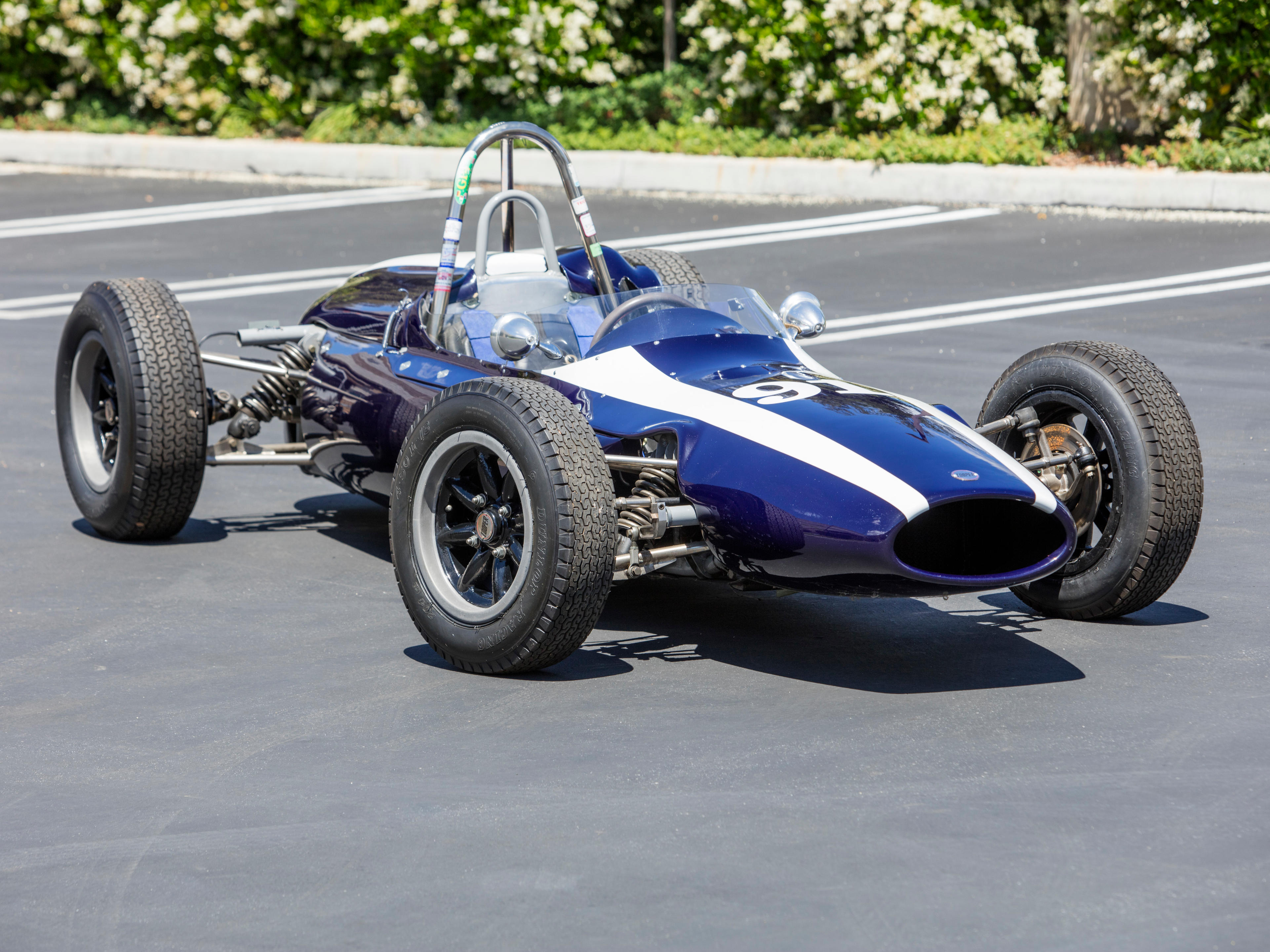


Testen Sie LotSearch und seine Premium-Features 7 Tage - ohne Kosten!
Lassen Sie sich automatisch über neue Objekte in kommenden Auktionen benachrichtigen.
Suchauftrag anlegen